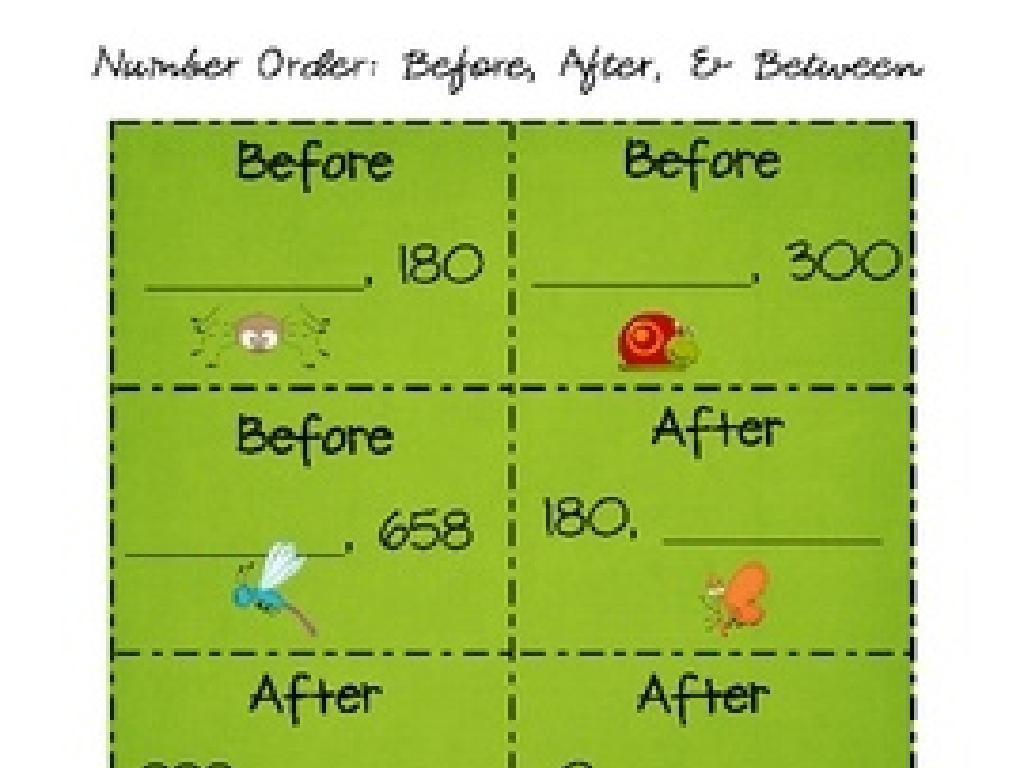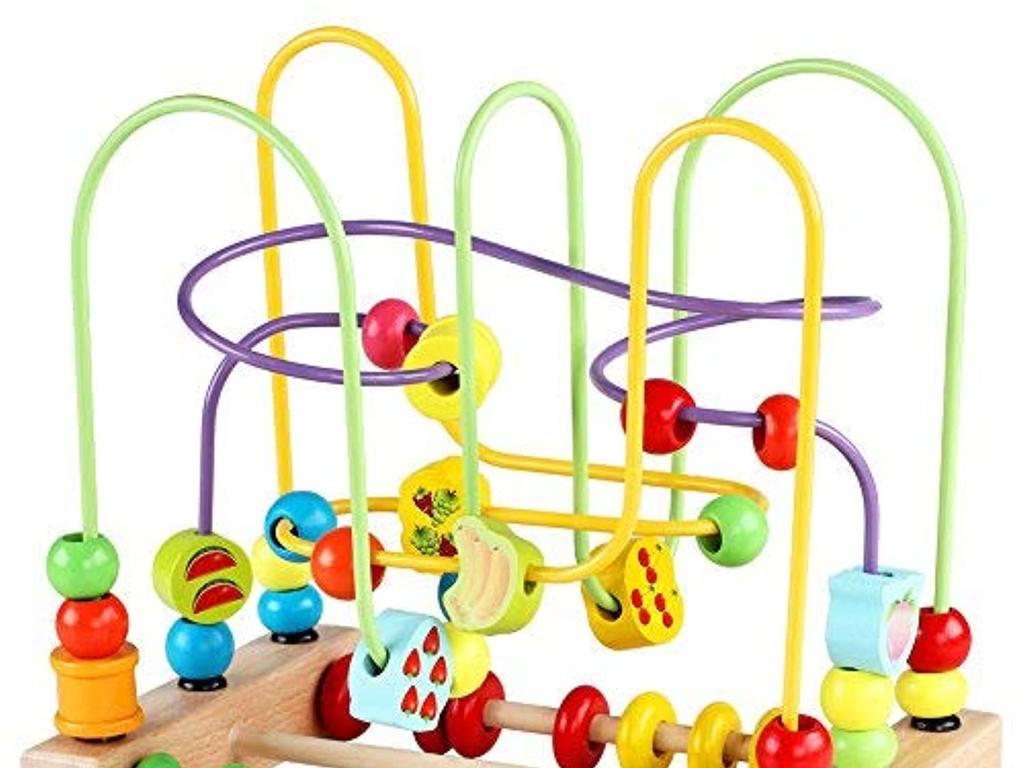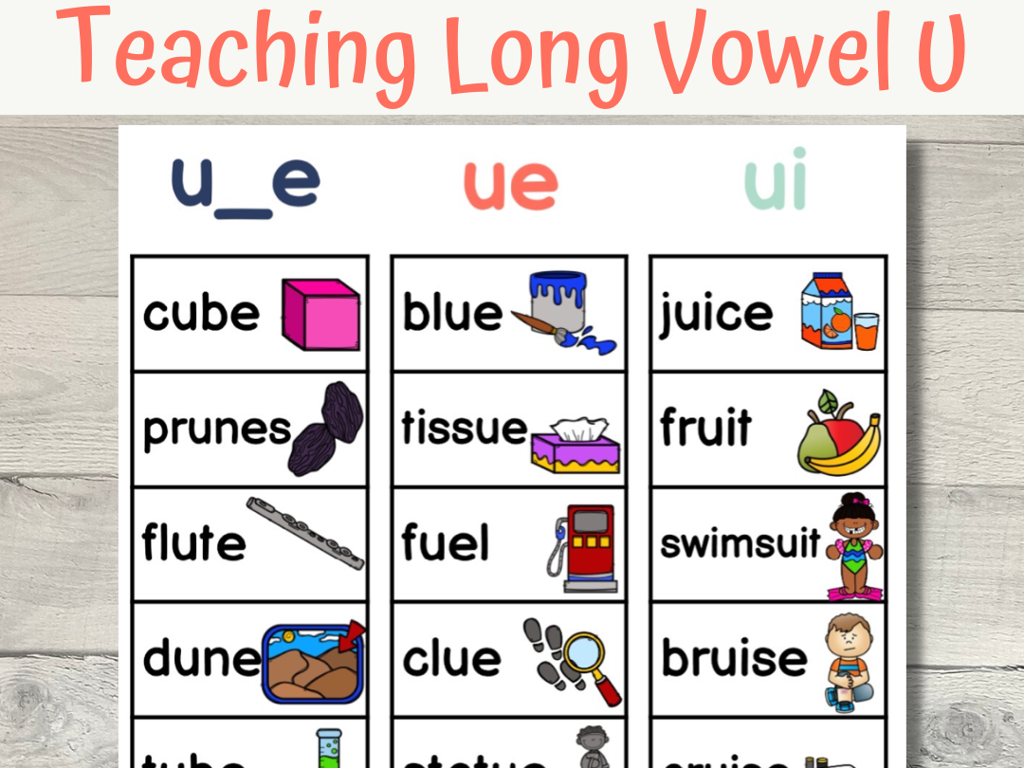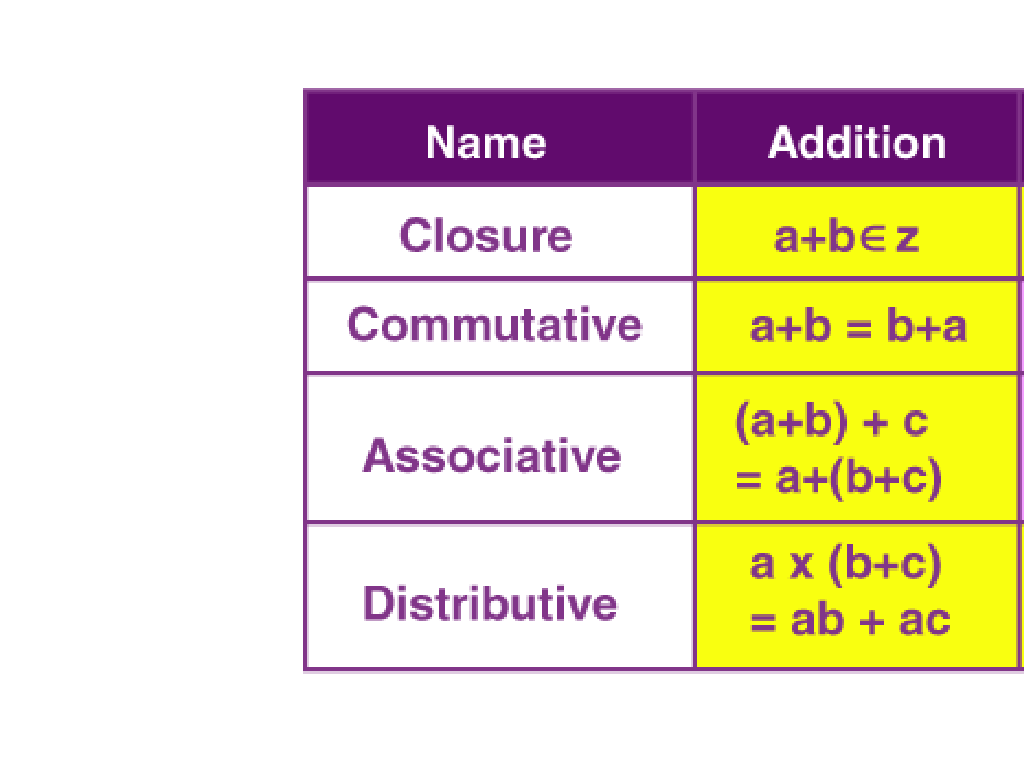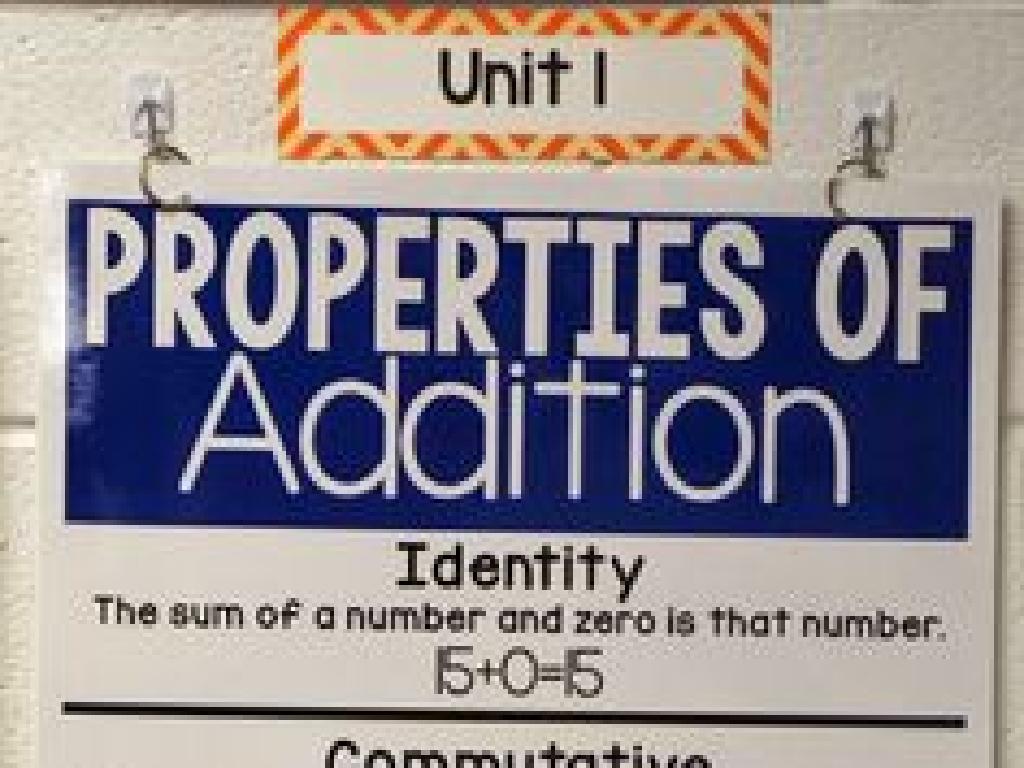Put The Sentences In Order
Subject: Language arts
Grade: Fourth grade
Topic: Organizing Writing
Please LOG IN to download the presentation. Access is available to registered users only.
View More Content
Organizing Writing: Sentence Sequencing
– Importance of sequence in writing
– Sequence makes our stories understandable.
– Clear communication through order
– The right order helps share our thoughts clearly.
– Steps to arrange sentences
– First, find the beginning, then add details, and end with a conclusion.
– Practice activity planned
– We’ll create a story together using sentence cards.
|
This slide introduces the concept of organizing writing by putting sentences in the correct order. Emphasize to students that a well-organized sequence of sentences makes a story or essay easier to understand and more enjoyable to read. Discuss how clear communication is achieved when thoughts and events are presented in a logical order. Guide students through the steps of identifying the beginning of a story, adding supporting details in the middle, and concluding it effectively. The practice activity will involve arranging sentence cards to form a coherent story, which will help reinforce the lesson and engage students in hands-on learning.
What is a Sentence?
– A sentence: a complete thought
– A group of words that tell one complete idea.
– Every sentence: subject + predicate
– Subject does the action, predicate tells about the action.
– Examples of sentences
– ‘The cat (subject) slept (predicate).’ ‘She (subject) runs (predicate) fast.’
– Organizing sentences in order
– Arrange sentences to make a coherent paragraph.
|
This slide introduces the basic concept of a sentence to the students. Start by explaining that a sentence is not just a random collection of words, but a group that expresses a full idea. Highlight the importance of having both a subject and a predicate, with the subject being who or what the sentence is about, and the predicate explaining what the subject is doing. Use simple examples to illustrate this point. Then, transition to the idea of organizing these sentences in a logical order to build a paragraph. Encourage students to think about how sentences fit together to tell a story or provide information.
Building Blocks of a Story
– Sentences build up a story
– Order is key for understanding
– Like a puzzle, pieces must fit together in a sequence
– Mixing sentences can confuse
– Imagine mixing up a recipe’s steps!
– Let’s learn to organize them!
– We’ll practice putting sentences in the right order
|
This slide introduces the concept that sentences are the fundamental components that form the structure of a story, much like building blocks. Emphasize the importance of sequence in making the story understandable. Compare mixed-up sentences to a jumbled recipe or out-of-order puzzle pieces to illustrate confusion. The goal is to prepare students for an activity where they will practice organizing sentences to form a coherent narrative. This will enhance their comprehension and writing skills.
Sequencing Sentences
– What is sequencing?
– Sequencing means to arrange ideas in order.
– Why sequence sentences?
– It helps readers understand the story better.
– Sequence words to use
– Words like First, Next, Then, Last guide the reader.
– Example of sequencing
– ‘First I ate breakfast, next I went to school, then I played, and last I did homework.’
|
This slide introduces the concept of sequencing in writing, which is crucial for fourth graders to understand as they develop their writing skills. Sequencing helps in organizing thoughts and ideas in a way that makes sense to the reader, allowing them to follow the narrative or argument easily. Use the example provided to show how sequencing words can guide the reader through the events of a story or the steps in a process. Encourage students to practice by arranging events from their day or from a story they know well using sequence words. This will help them grasp the importance of order in writing.
Let’s Practice: Organizing a Story
– Recognize the story’s sentences
– Arrange sentences in sequence
– What happened first, next, and last?
– Consider story structure
– Beginning sets the scene, middle shows action, end concludes.
– Group work to order sentences
– Work with classmates to find the correct order.
|
This slide is for a class activity aimed at helping students understand the structure of a story. Begin by presenting the mixed-up sentences from a familiar story to the class. Encourage the students to think about the sequence of events as they attempt to put the sentences in the correct order. Discuss the importance of the beginning, middle, and end of a story. The beginning should introduce the characters and setting, the middle should contain the main events, and the end should resolve the story. Divide the class into small groups and let them collaborate to arrange the sentences. This activity will help students practice organizing their thoughts and improve their narrative skills. After the activity, review the correct order as a class and discuss any challenges the students faced.
Group Activity: Create Your Own Story!
– Arrange sentence strips into a story
– Ensure a clear beginning, middle, and end
– Start with an introduction, build up the plot, and then have a conclusion
– Share your story with the class
– Practice storytelling and public speaking skills
|
This group activity is designed to teach students about the structure of a story. Divide the class into small groups and provide each with a set of sentence strips. These strips should be mixed up and out of order. The task for each group is to arrange the strips to form a coherent story with a clear beginning, middle, and end. This activity will help students understand the importance of sequence in storytelling and improve their ability to organize ideas logically. After the groups have arranged their sentences, they will present their story to the class, which will help develop their public speaking and presentation skills. Possible variations of the activity could include using different sets of sentence strips for each group, having a theme for the stories, or adding a challenge by including unrelated sentences that need to be omitted.
Sharing Time: Story Presentation
– Each group presents their story
– Listen for logical sentence order
– Are the events in the story making sense?
– Think about what you liked
– Share the parts of the story you enjoyed
– Consider what could be clearer
– Offer suggestions for improvement politely
|
This slide is for a class activity where students will engage in presenting their stories to the class. The objective is to focus on the organization of their writing, ensuring that the sentences flow logically. As each group presents, the rest of the class should listen attentively and think critically about the order of the sentences. After each presentation, students will provide constructive feedback, highlighting what they liked and suggesting how the story could be made clearer. This exercise will help students practice their speaking and listening skills, as well as their ability to give and receive feedback. For the teacher: Prepare to facilitate the feedback session, ensuring that each student’s input is respectful and constructive. Have a list of guiding questions ready to help students articulate their thoughts if they are struggling.
The Importance of Sentence Order
– Why order matters in sentences
– It makes our ideas clear and easy to follow.
– Organizing helps readers understand
– It guides the reader through our thoughts smoothly.
– Clear writing equals good writing
– When writing is clear, it’s more enjoyable to read.
|
This slide emphasizes the significance of arranging sentences logically to convey a clear message. Explain to students that just like following a recipe in order, putting sentences in the right sequence helps the reader understand the text without confusion. Discuss how a well-organized piece of writing can make the reader’s experience more pleasant, as they can follow the narrative or argument without getting lost. Encourage students to always check if their writing makes sense and to rearrange sentences if necessary to improve clarity. Use examples of jumbled sentences versus ordered sentences to illustrate the difference.
Class Activity: Sentence Scramble!
– Unscramble worksheet sentences
– Arrange into a coherent story
– Look for the introduction, plot, and conclusion
– Ensure a clear beginning, middle, and end
– A story should flow logically from start to finish
– Get ready to organize!
|
This activity is designed to help students understand the structure of a story. Provide each student with a worksheet containing scrambled sentences. Their task is to rearrange the sentences into a sequence that makes sense, ensuring there is a clear beginning, middle, and end to the story they form. This will teach them about the narrative structure and the importance of organizing their writing. Possible variations of the activity could include working in pairs, timing the activity for a bit of competitive fun, or having students write their own scrambled sentences for classmates to unscramble.

